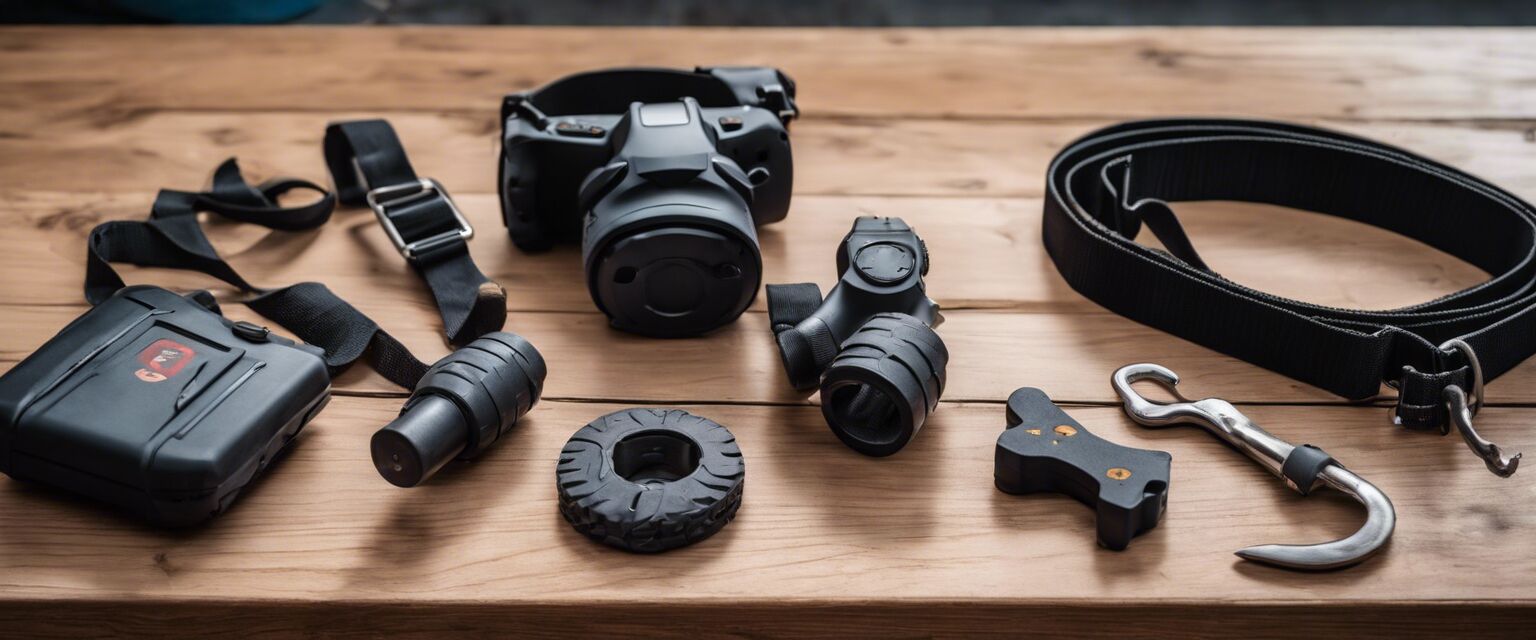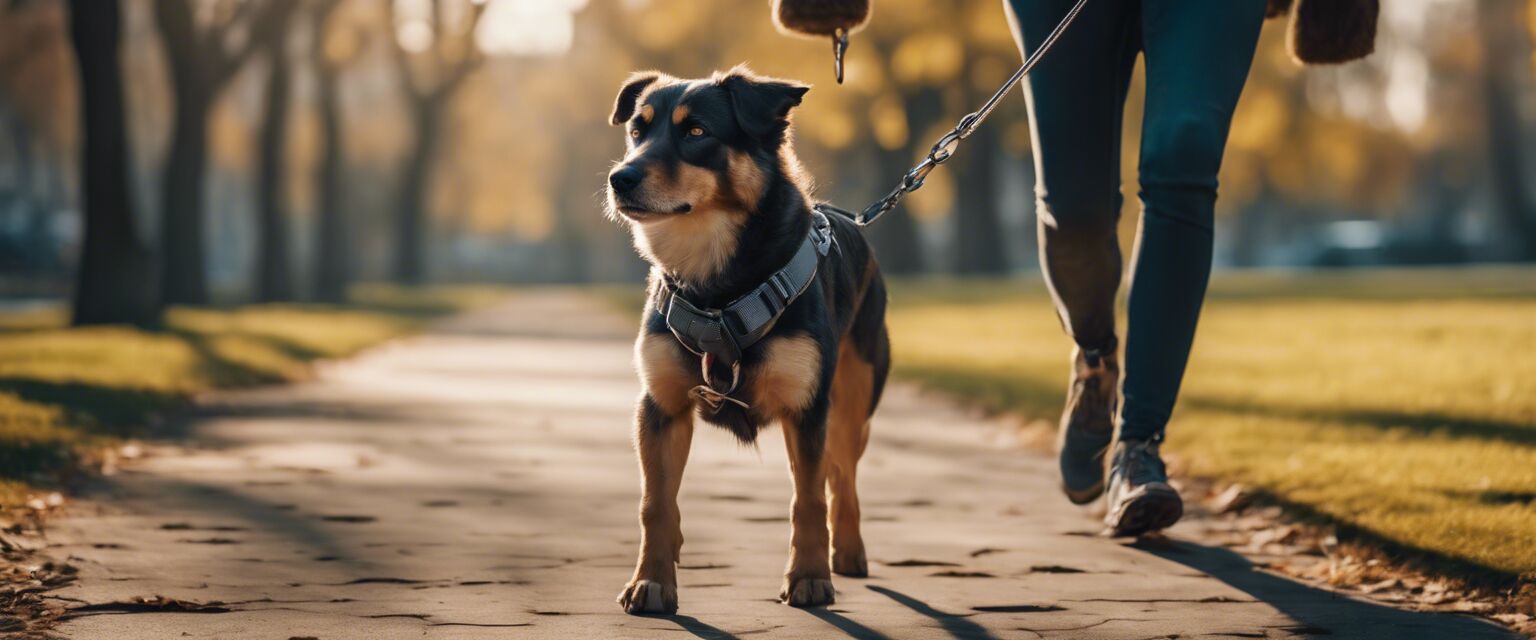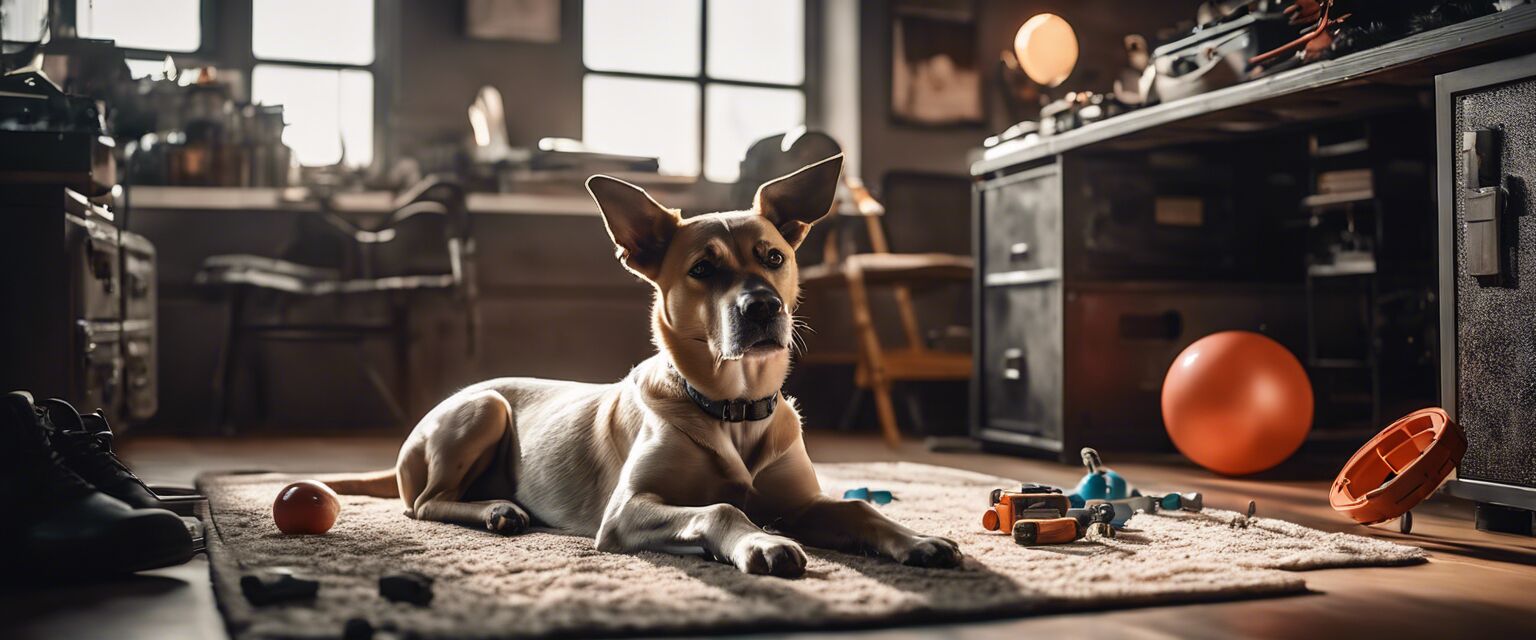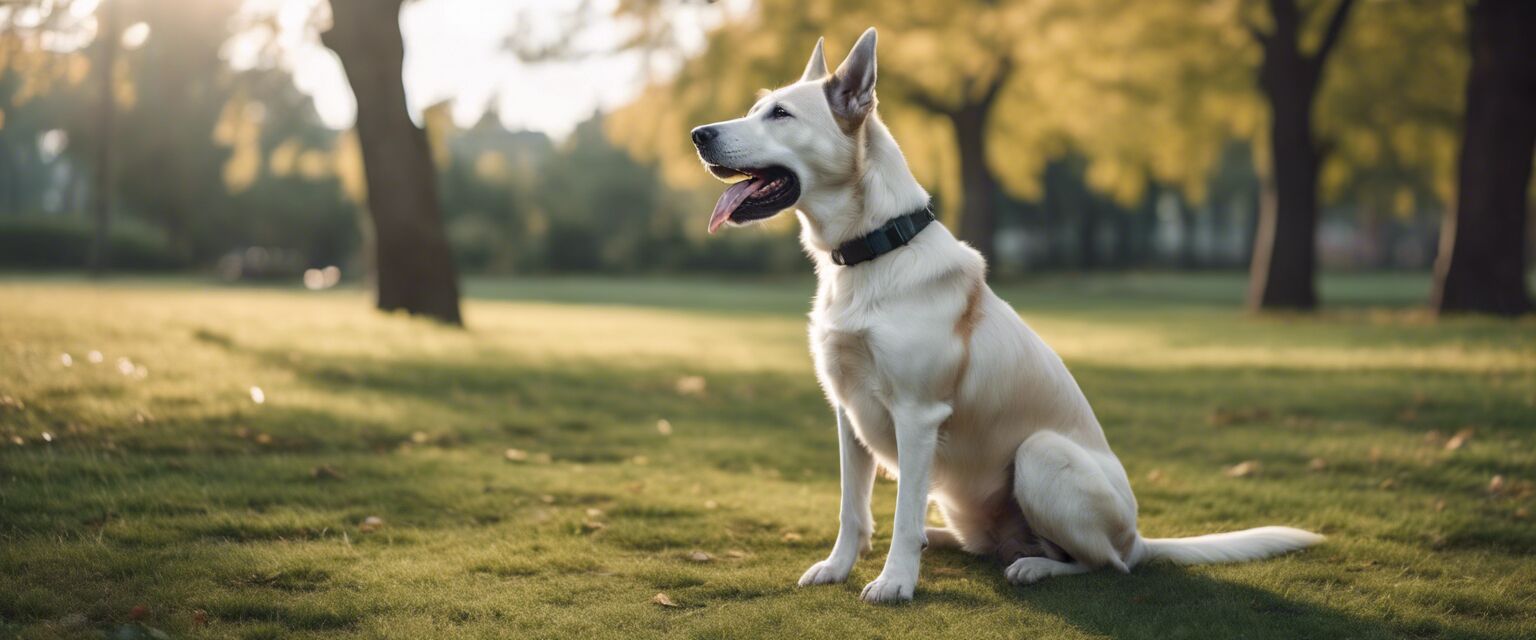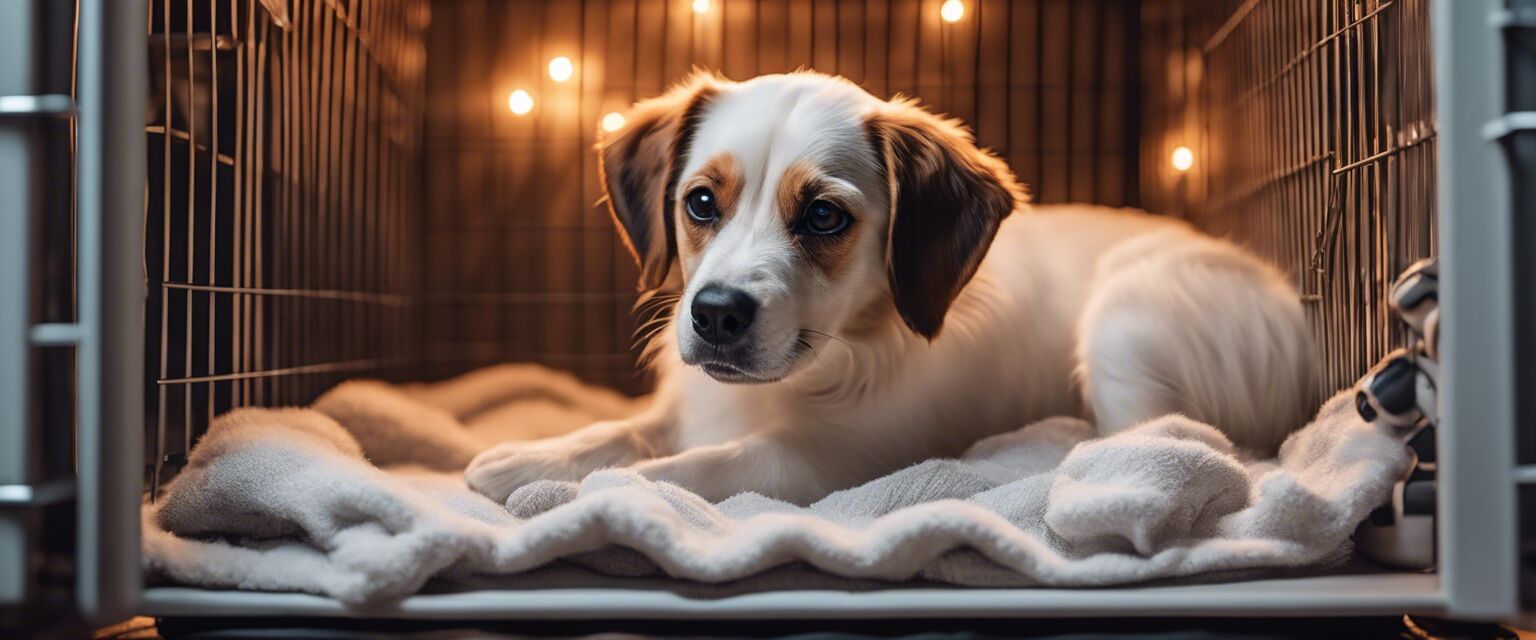
Housebreaking and potty training
Key Takeaways
- Establish a routine for bathroom breaks.
- Use positive reinforcement to encourage desired behavior.
- Choose a designated potty area for consistency.
- Be patient and consistent throughout the training process.
- Understand the signs that your dog needs to go out.
Housebreaking and potty training can be a challenging yet rewarding process for dog owners. Whether you're training a puppy or an adult dog, employing effective strategies is crucial for long-term success. In this guide, we will explore various techniques, tips, and tools that can help you achieve a well-trained dog.
Understanding the basics of housebreaking
Housebreaking, also known as potty training, is the process of teaching your dog where and when it is appropriate to relieve itself. This training is essential for maintaining cleanliness in your home and ensuring your dog's comfort and well-being.
Why is housebreaking important?
- Prevents accidents in the home.
- Promotes a harmonious living environment.
- Enhances the bond between you and your dog.
- Reduces stress for both you and your pet.
Common challenges during housebreaking
Every dog is different, and various factors can influence the housebreaking process. Here are some common challenges:
- Age of the dog â Puppies may have less control.
- Inconsistent routines â A lack of schedule can confuse your dog.
- Medical issues â Health problems may impact bathroom habits.
- Behavioral issues â Anxiety or stress can lead to accidents.
Essential strategies for effective housebreaking
1. Establish a routine
Consistency is key in housebreaking your dog. Establish a schedule for feeding, potty breaks, and playtime. Hereâs a simple sample routine:
| Time | Activity |
|---|---|
| 7:00 AM | Wake up and go outside for a potty break. |
| 7:30 AM | Feed breakfast. |
| 8:00 AM | Potty break after eating. |
| 12:00 PM | Lunch and potty break. |
| 5:00 PM | Evening playtime and potty break. |
| 10:00 PM | Final potty break before bed. |
2. Designate a potty area
Choose a specific spot outside for your dog to relieve itself. This helps your dog associate that area with potty time.
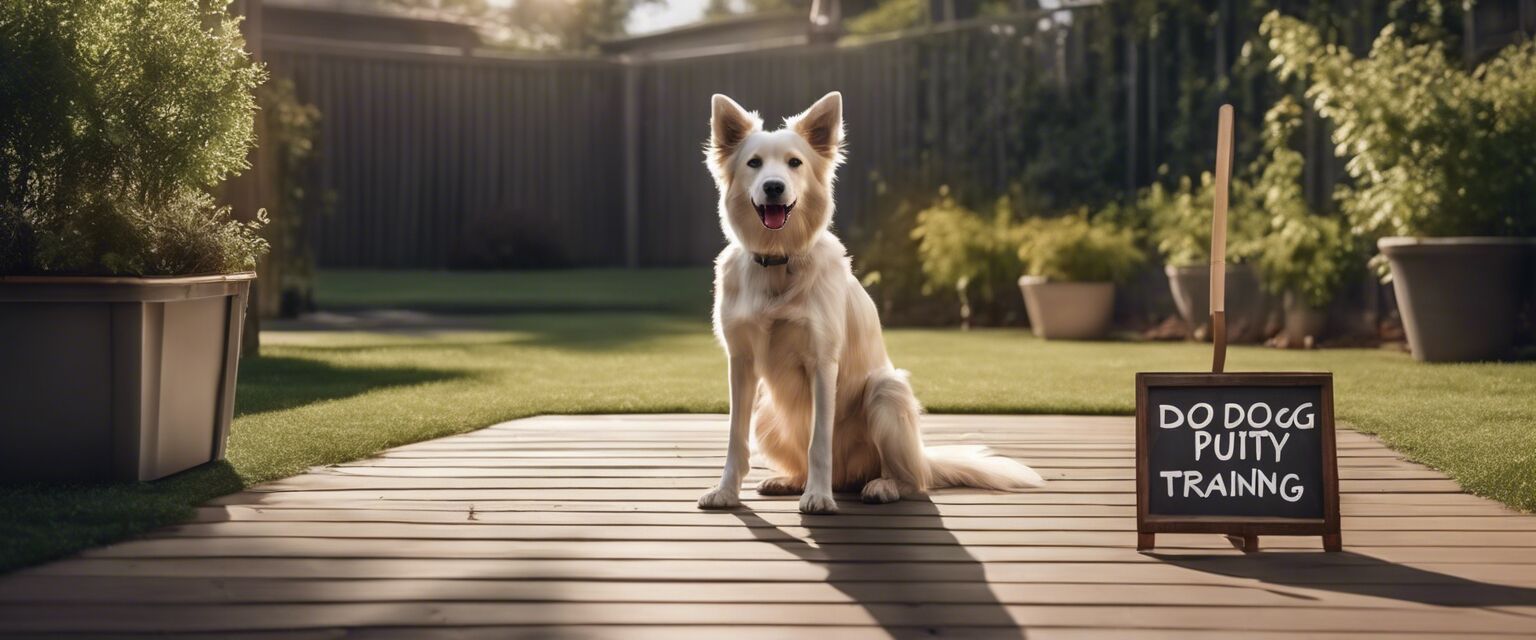
3. Use positive reinforcement
Reward your dog with treats, praise, or playtime immediately after they go potty in the designated area. This will encourage them to repeat the behavior. Here are some effective rewards:
- Treats that your dog loves
- Verbal praise such as "Good job!"
- Short play sessions with a favorite toy
4. Watch for signs
Learn to recognize the signs that your dog needs to go out, such as:
- Sniffing around
- Pacing or whining
- Circling in one spot
- Scratching at the door
5. Handle accidents calmly
Accidents will happen. When they do, avoid scolding your dog. Instead, clean the area thoroughly to remove any lingering odors that might prompt your dog to go there again.
Pros
- Creates a cleaner home environment.
- Encourages good behavior in your dog.
- Fosters a strong bond between you and your pet.
- Reduces stress for both owner and dog.
Cons
- Can be time-consuming, especially with puppies.
- May require patience and consistency.
- Accidents can be frustrating.
- Some dogs may take longer to train than others.
Tools and products to assist in housebreaking
There are various products available that can aid in the housebreaking process. Here are some common tools:
- Crate training supplies to provide a safe space for your dog.
- Training clickers and whistles for effective communication.
- Training treats for positive reinforcement.
- Leashes and harnesses to help manage potty breaks.
- Interactive toys to keep your dog engaged while indoors.
Additional tips for successful housebreaking
Beginners Section
- Be patient; every dog learns at their own pace.
- Keep a log of your dogâs bathroom habits to identify patterns.
- Consider using puppy pads for indoor training.
- Gradually transition from indoor to outdoor potty training.
- Seek professional help if you encounter persistent issues.
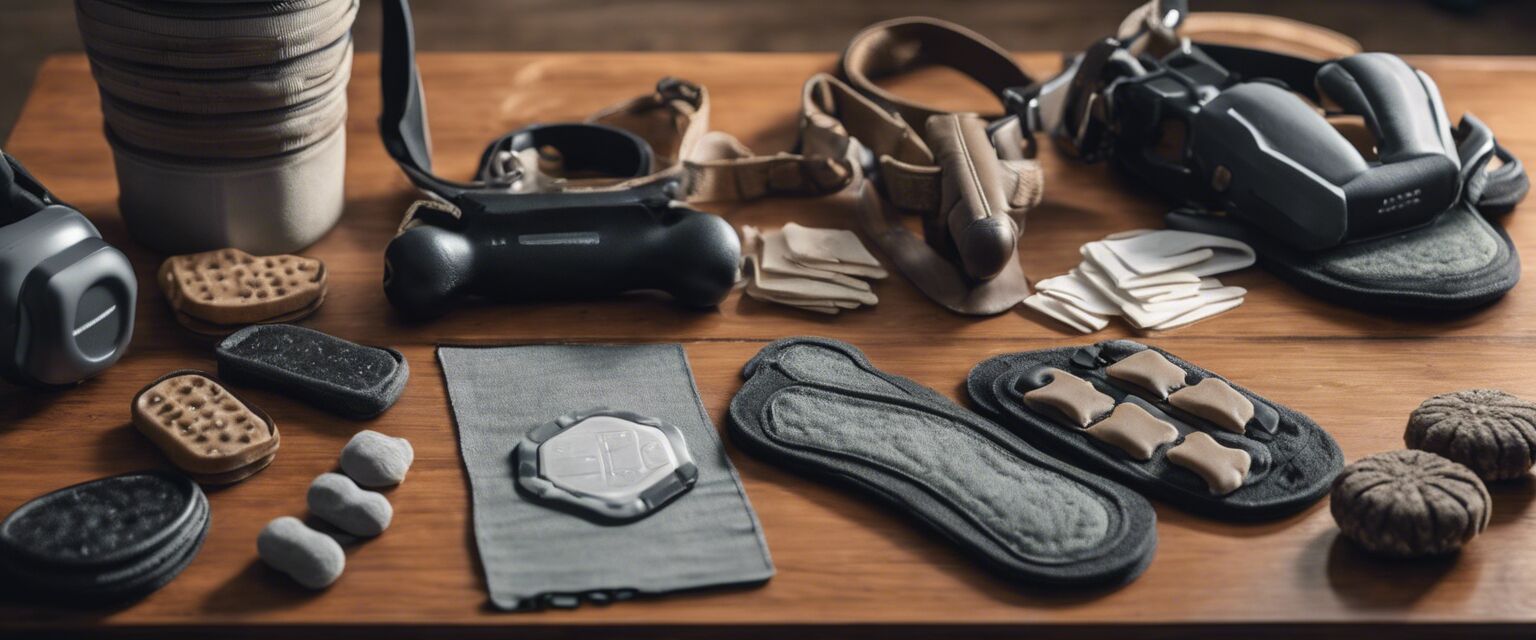
Conclusion
Housebreaking and potty training requires time, patience, and commitment. By following the strategies outlined in this guide, you'll be well on your way to having a well-trained dog. Remember to stay consistent, observe your dogâs behavior, and celebrate small successes along the way. With dedication and the right tools, you can make housebreaking a positive experience for both you and your furry friend.


